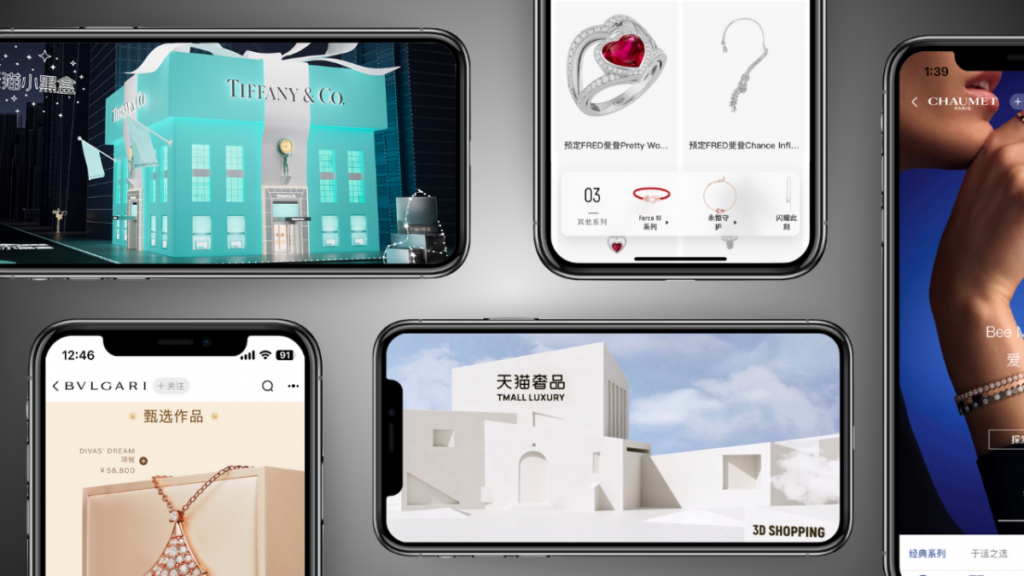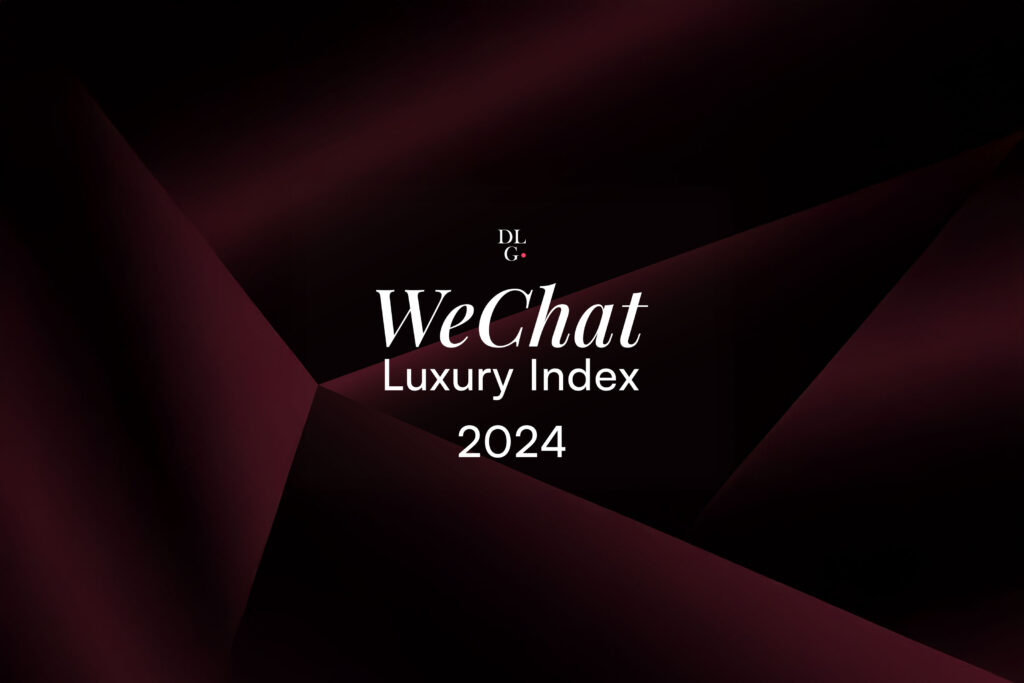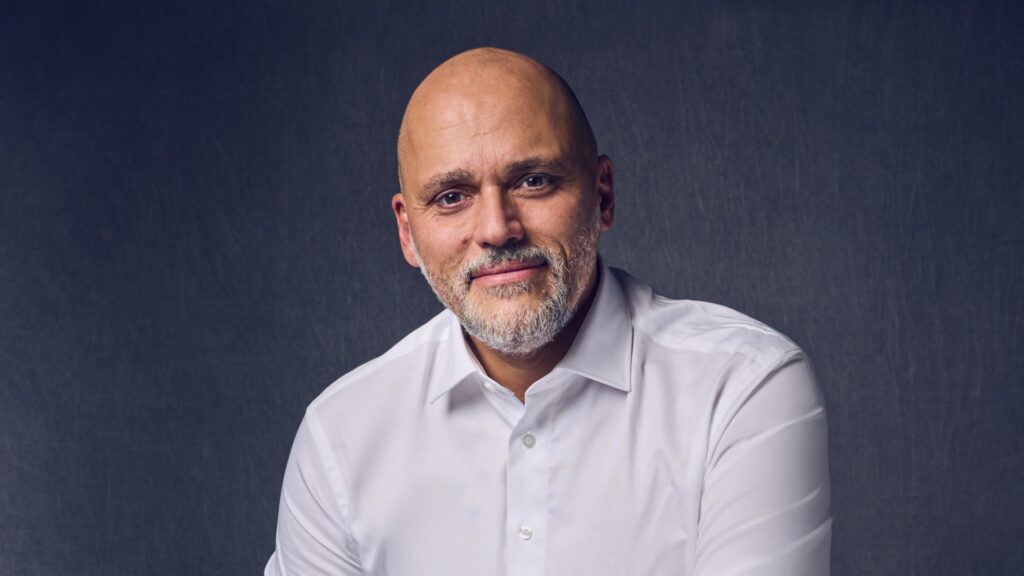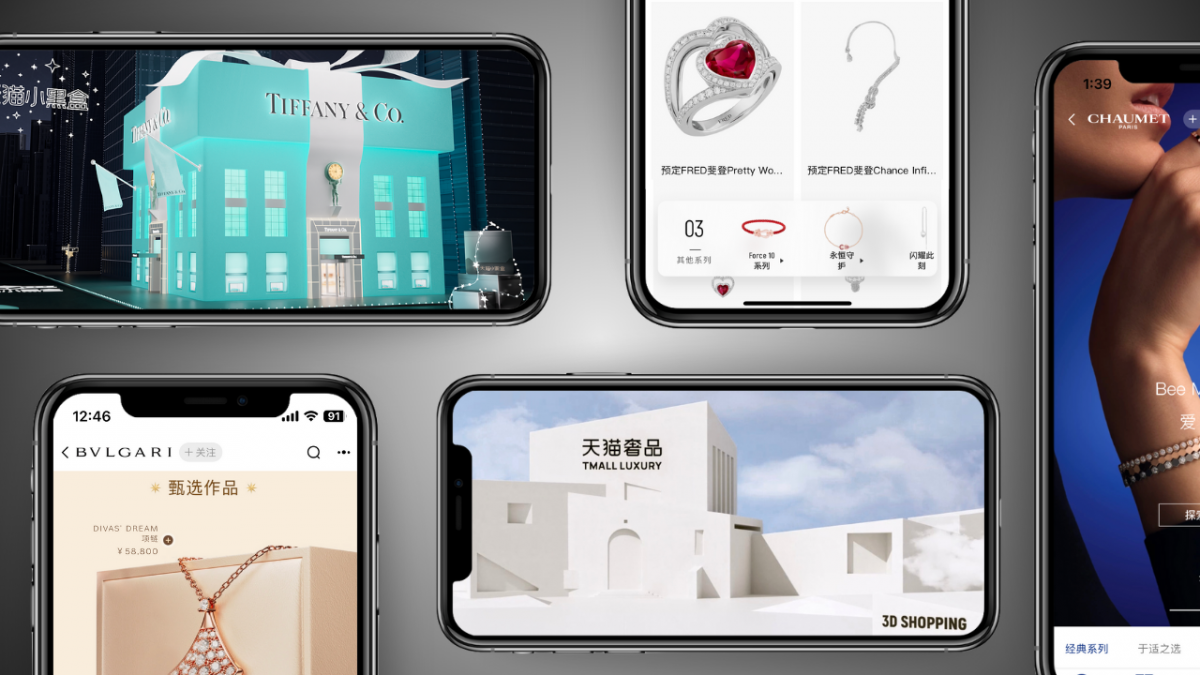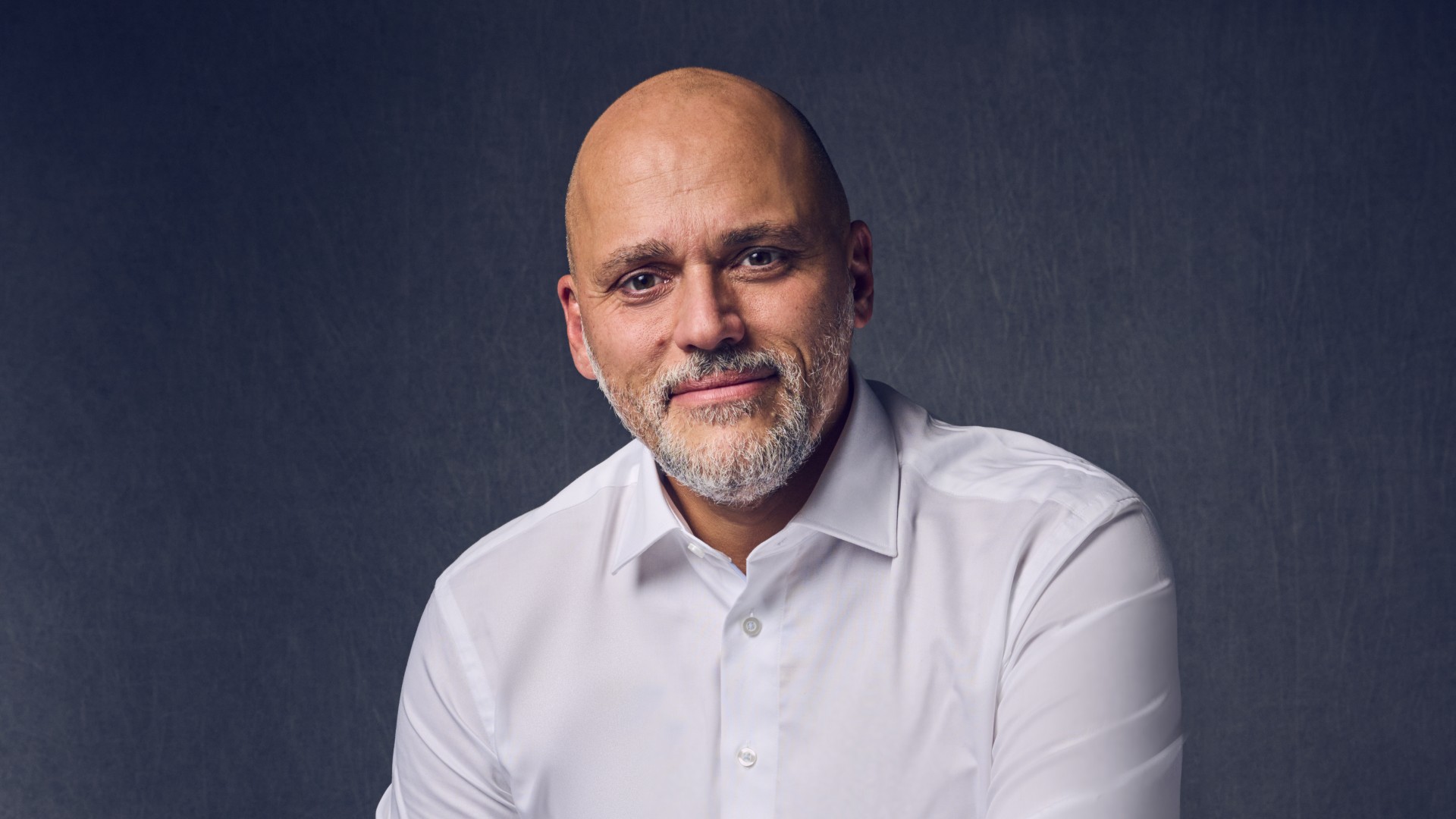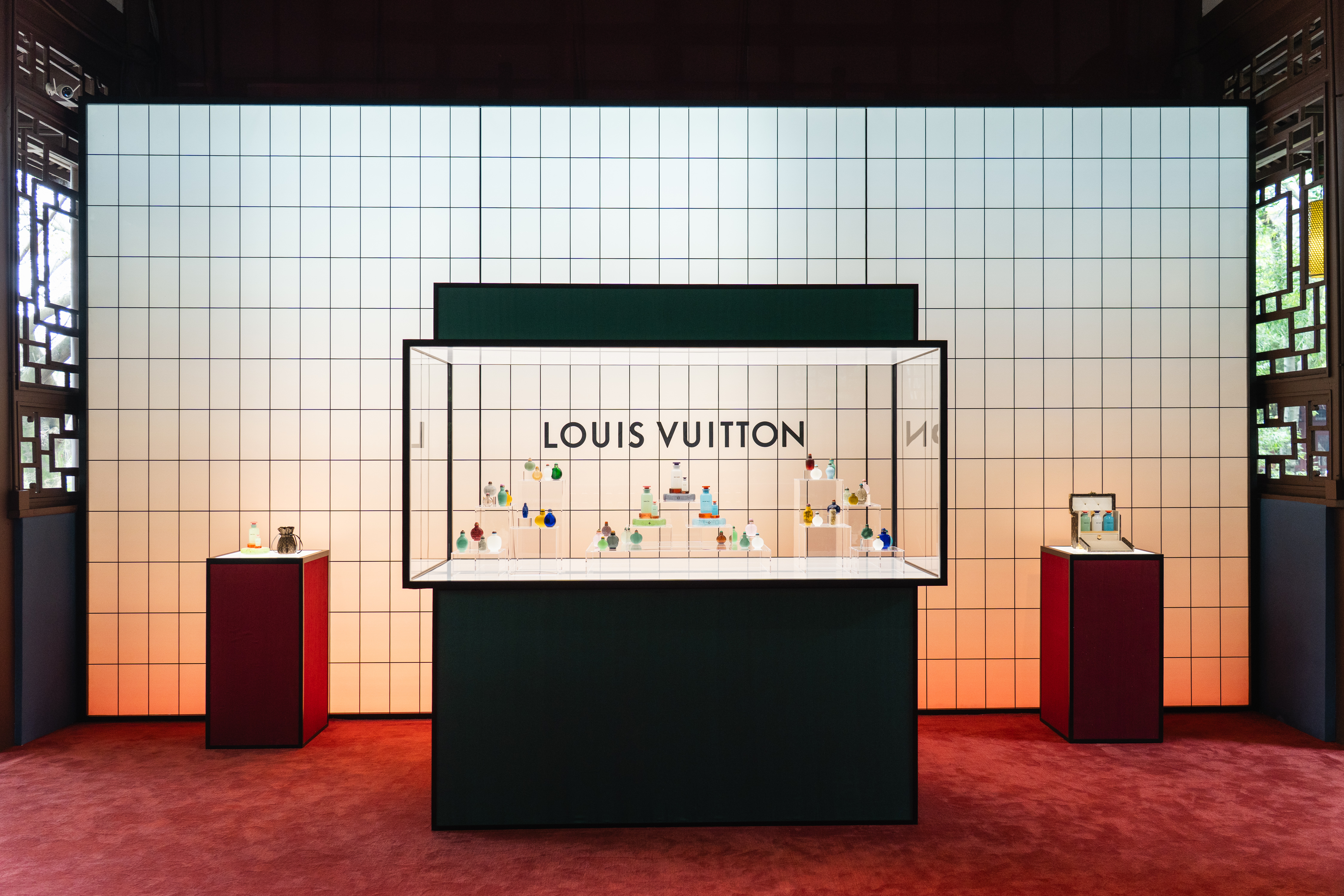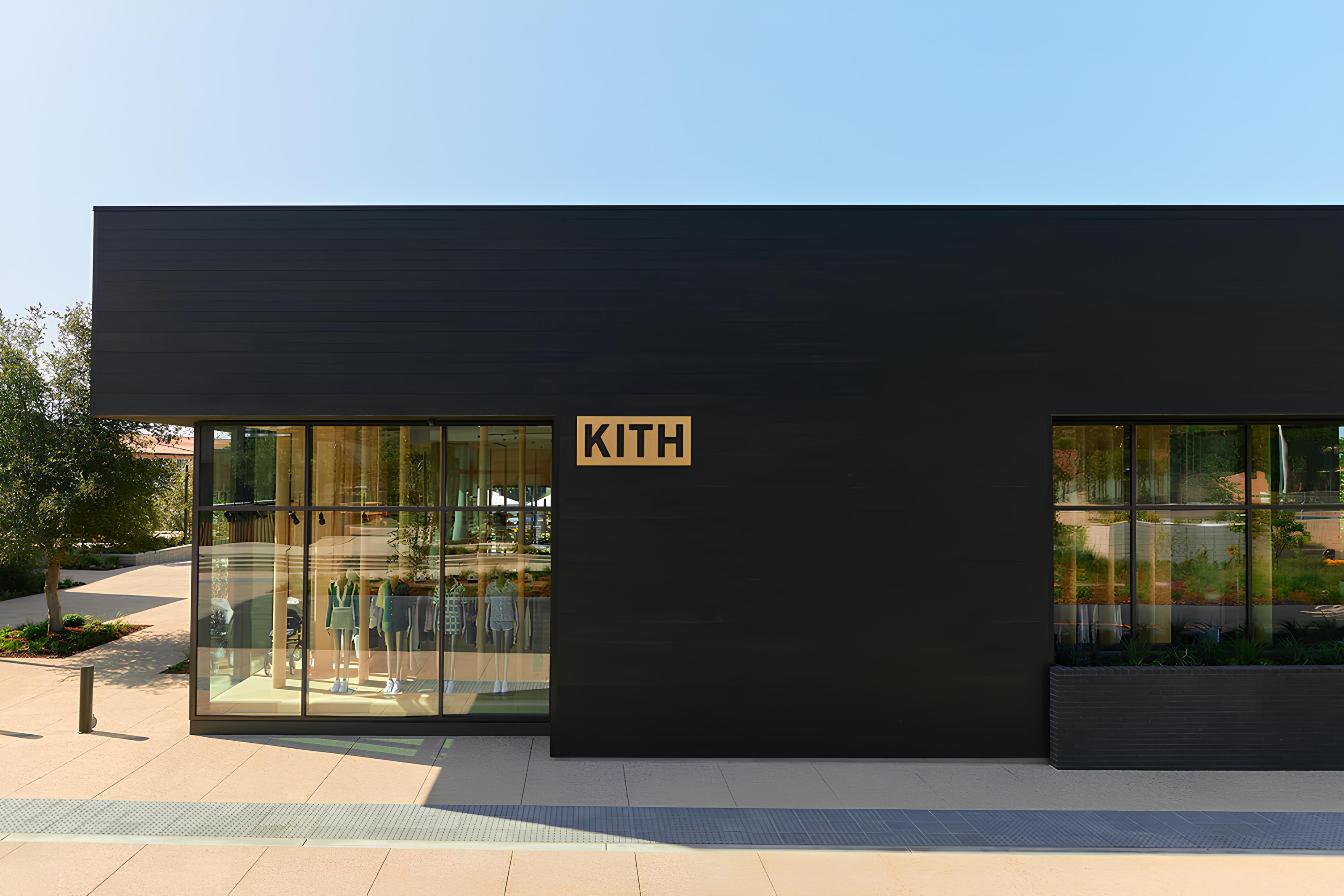Radu Rizea, senior editor of CPP-LUXURY.COM, a luxury news portal specialising in the CEE markets, ponders whether there is a future for indigenous luxury brands from Central and Eastern Europe.

What can one call “CEE-made luxury”?
” target=“_blank” title=“https://www.herend.com__”>The Herend Porcelain
First sold in 1826, the Herend porcelain gain recognition in 1851, after the adoption of the Victoria pattern. After 180 years of history, the Hungarian state recognizes the importance of the Herend Museum. Today, it’s a must for royal courts and can be found in all executive suits in the Kempinski hotels.
Bohemian crystals
Produced since 1250, a century after the first documents about local “colored glass” production, the Bohemian glass had its first official museums in the 17th century. During the communist age, manufacturers are gathered into a state-owned enterprise. German craftsmen leave the Czech republic, seeking shelter in the Federal Republic of Germany. After 1989. Ornela Company Limited takes over the former state “cooperative”, „Jablonecké sklárny – Dolni“. In 2005, Ornela is shut, its remains being took over by Jablonex Group
” target=“_blank” title=“https://www.czechairlines.com__”>CSA – Czech Airlines
Best business class in Eastern Europe awards for this SkyTeam Alliance member. Despite the recent incentives and price cuts policies, it still maintains high standards in service.
” target=“_blank” title=“https://www.saint-crispins.com__”>St. Crispin’s
One of the very few luxury companies born after 1989. A Romania-based producer of ready-to-wear and bespoke shoes, currently operating in Japan, Germany and Switzerland. Its products are fair competition to John Lobb and well above the commercial lines produced by Ferragamo.
The production potential
Ever since the accession to the European Union, the CEE states were directed towards promoting local brands and products, from salami and sausages to wine and spirits. A couple of small quality producers approach the fine wines segment, but their attempts seem effortlessly doomed by decent prices for imported wines.
Traditional brands, mostly under private ownership, have few – if any – marketing and development resources. Several quality goods producers prefer to supply major brands with raw matters or finished products.
In Romania, one of the main marketing failures is the Gerovital line of cosmetics. After the ban of the Gerovital H3 formula in the US, the cosmetics are still sold, with some success, but its origins are not acknowledged. With Sophia Loren, Fidel Castro, Charles de Gaulle, Kirk Douglas, John F. Kennedy, Marlene Dietrich or Salvador Dali recommending it, Gerovital should have been a national treasure by now.
Romania’s national vehicle, Dacia (under Renault ownership) sees no future in launching any premium or luxury vehicles. Across the border, the Czech Skoda launched its “Superb” model, close to 40,000 Euros in its full-option version. 10,000 Euros short of the “luxury” class, but 10,000 Euros above the average executive car in CEE states.
Quality wine producers play an increasing role on the market, if not for their business figures, at least for forcing industrial producers to adopt higher quality standards. Wines ranging from 20 to 200 Euros per bottle are currently produced by Crama Oprisor, Cramele Rotenberg and DAVINO in Romania, several Tokaji producers, St. Andrea (Eger) and Gere Attilla (Villany) in Hungary, as well as Enira in Bulgaria.
Fashion is rather poorly represented abroad, with two Romanian designers: Doina Levintza (Paris and NY shows with some success and constant demands from the US, years after the shows were put up) and Iulia Dobrin, with her lingerie company, I.D. Sarrieri, rather a “quality”, not “luxury” brand.
As local potential, the huge production of goose liver and game in Hungary may soon become more than “export asset”, once some gourmet companies decide to produce their foie gras within the country.
The way things go in the CEE states, is seems that a consolidated luxury market, with all the major brands well represented, is required before any luxury brands arise. The potential is promising, but has no chance to turn into production earlier than ten years.

